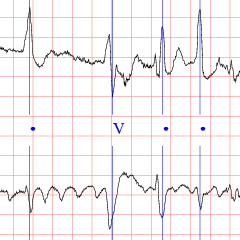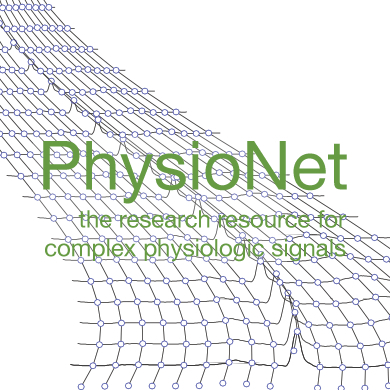A Brief History
Foundation, growth and impact.
-

1980
Landmark Database
In the mid-1970s, members of the PhysioNet team who were then working on some of the first microcomputer-based instruments for cardiac arrhythmia monitoring, foresaw the benefit of establishing shared databases of well-characterized ECG recordings, as a basis for evaluation, and objective comparison of algorithms for automated arrhythmia analysis. A five-year effort culminated in the publication of the MIT-BIH Arrhythmia Database in 1980, which soon became the standard reference collection of its type.
-

1999
PhysioNet is Released
PhysioNet was established in 1999 as the outreach component of the Research Resource for Complex Physiologic Signals, a cooperative project initiated by a diverse group of scientists and clinicians at Boston's Beth Israel Deaconess Medical Center, Boston University, and McGill University, and the MIT group.
The MIT group contributed 11 databases, and the software it had developed for exploring and analyzing them. Free availability of these resources catalyzed new areas of research, as researchers who had no previous access to such data or software began new programs of research. These contributions were quickly supplemented by additional collections of data and software from collaborators, and soon after, from researchers worldwide.
-

2000
Computing in Cardiology
Members of the PhysioNet team at MIT were preparing to host Computing in Cardiology 2000, and created the first PhysioNet/CinC Challenge to be launched as part of that meeting. They hoped to introduce PhysioNet to international colleagues, by encouraging participation in an activity that made effective use of PhysioNet's resources to stimulate rapid progress on an unsolved problem of practical clinical significance. More than a dozen teams participated in the challenge of detecting sleep apnea from the ECG alone, and an annual tradition was born.
-
2019
New Web Platform
New members of the LCP build a modernized, dynamic PhysioNet platform using Django. Development is continually ongoing to improve the site's capabilities.
-

Looking Forward
Open Science
PhysioNet today hosts large volumes of data, a variety of software, and the annual challenge. An immense number of global visitors leverage its resources, producing more scientific and industrial development than the individual resource contributors ever could alone.
